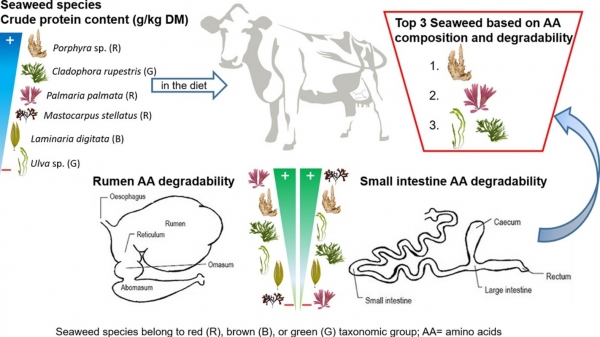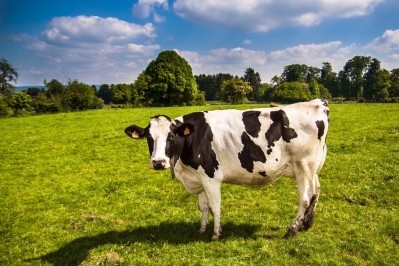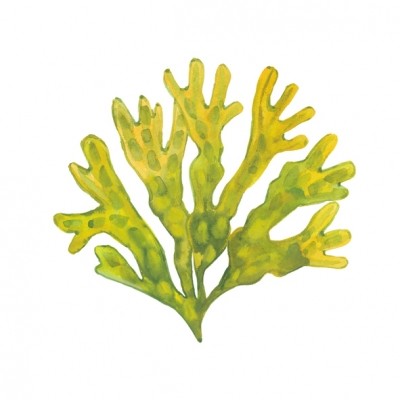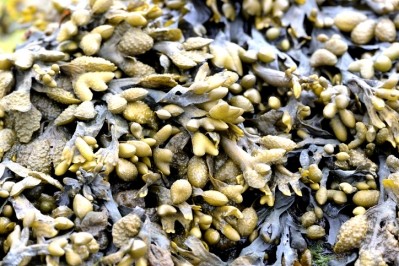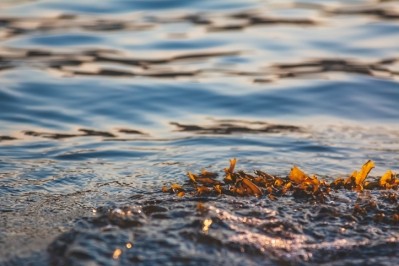Potential of seaweed as a protein source in dairy rations
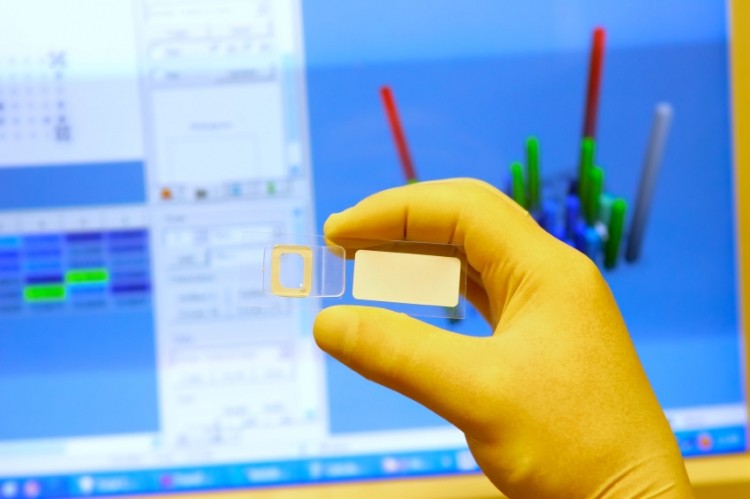
Three red (Mastocarpus stellatus, Palmaria palmata, and Porphyra sp.), four brown (Alaria esculenta, Laminaria digitata, Pelvetia canaliculata, and Saccharina latissima), and two green (Cladophora rupestris. and Ulva sp.) seaweed species were examined by researchers from Aarhus University in Denmark, the Norwegian Institute of Bioeconomy Research (NIBIO) and the Nord Universitet in Norway.
Their study was published in Animal Feed Science and Technology
Porphyra, they said, had the highest amount of AA and the highest AA degradability values in the rumen and small intestine, making it a good feed protein source. Palmaria took second place in the rankings as the research confirmed it had a high amount of AA, albeit one third lower than Porphyra, and also had high AA degradability values in the rumen and small intestine.
The green seaweeds are also relevant as protein feed, with a high amount of AA for Cladophora and a high intestinal AA degradability for Ulva, they added.
The team’s goal was to assess the ruminal and total tract digestibility of AA in various seaweeds harvested in different seasons to see whether all seaweeds species can be used as an alternative ingredient, and a source of protein for dairy cows’ ration.
“We hypothesized that ruminal and total tract digestibility of AA will be higher for red seaweeds as they have been found to contain more protein than green or brown seaweeds (Belghit et al., 2017).”
The Danish and Norwegian team said while seaweeds could supply energy, minerals and protein to animal rations, and potentially could work as alternative protein source for ruminants (Tayyab et al., 2016), little is known about AA degradability between seaweed species and seasons, added the authors.
“The composition of seaweeds is highly variable, though with large differences in proteins, minerals, lipids and fibers (Makkar et al., 2016), depending on the species, season, habitat, and prevailing proximate environmental conditions (Marinho-Soriano et al., 2006; Marsham et al., 2007).”
Method
All seaweeds were collected in Bodø, Northern Norway, during spring and autumn 2014 and 2015, except Ulva, which was only sampled in autumn of both years, and Saccharina which was not sampled in spring 2014.
All the samples were studied for AA concentration, they said.
Six species - Cladophora, Laminaria, Mastocarpus, Palmaria, Porphyra and Ulva - were selected for the more resource demanding in situ study.
To estimate the rumen AA degradation, the seaweed samples were incubated in the rumen of two cows for 16 h using the Dacron bags method, while intestinal AA degradability was measured according to the Hvelplund and Weisbjerg (2000) method.
Results
The researchers said seaweed species and season interactively affected the content of total AA in crude protein in different seaweeds investigated, with values ranging from 67.2 for Laminariain spring to 90.2 gAA/16 g N for Ulva in autumn.
“Porphyra is generally a good AA source but should be preferentially harvested during spring when higher amounts of AA were measured. Ulva had the highest values of TAA and [essential amino acids] EAA so, in terms of AA content, it is valuable seaweed to harvest at least during autumn.”
They found the crude protein (CP) contents of different seaweed species ranged from 68 to 397 g/kg dry matter (DM) which is in the range of CP reported for the green and red seaweeds in the study of Fleurence (1999) (100 to 470 g/kg DM).
“In the present study, Porphyra had an average CP content of 334 g/kg DM (ranging from 271 to 397 g/kg DM), which is comparable to high protein seeds such as soybeans (CP being 350 g/kg DM in Randoin et al., 1987) indicating that Porphyra is a relevant substitute for soybeans in terms of CP content.”
The total tract degradability showed that for Laminaria and Mastocarpus, methionine followed by leucine, isoleucine, histidine and lysine, were protected against rumen degradation. These protections seemed to be acid labile allowing digestion in the lower digestive tract. However, due to high indigestible fractions, these two seaweeds provided low amounts of AA to the intestines.
Porphyra had the highest total tract AA digestibility values (906 g/kg) followed by Palmaria (843 g/kg) and the green seaweeds.
“To conclude, Laminaria and Mastocarpus are beneficial sources for bypass protein supply as they contain AA protected against rumen degradation. Based on their amount of AA and their AA degradability, Porphyra, followed by Palmaria and the green seaweeds (Ulva and Cladophora) can be considered as relevant sources of protein for ruminants.”
Current limitations on use of seaweed in feed
Larger use of seaweeds in livestock feed would require massive cultivation or harvest of wild biomass; the production capacity of seaweed in Europe is currently limited and cultivated seaweeds are mainly brown seaweeds of the genus Laminariales (Stévant et al., 2017) with relatively lower protein concentrations compared to other green and red seaweeds (Fleurence, 1999), said the researchers.
They also noted that seaweeds can have high ash concentrations (Tayyab et al., 2016), and the concentration of arsenic, cadmium and iodine (Besada et al., 2009; Nitschke and Stengel, 2015) especially in brown seaweeds could limit their inclusion in animal diets.
Post harvesting processes such as drying, chemical treatment and freezing to increase shelf life, storage and transport, are further challenges that still need to be addressed to enable economical and sustainable use of seaweed as bulk material and/or ingredient for feed, said the authors.
“But some of the seaweeds examined in this study seem to have a great potential as protein and mineral supplement when included in an adequately defined amount in the diet.”
Source: Animal Feed Science and Technology
DOI: https://doi.org/10.1016/j.anifeedsci.2018.05.003
Title: Amino acid profiles of nine seaweed species and their in situ degradability in dairy cows
Authors: M.R. Weisbjerg, C. Gaillard, H.S. Bhatti, M. Novoa-Garrido, V. Lind, M.Y. Roleda
